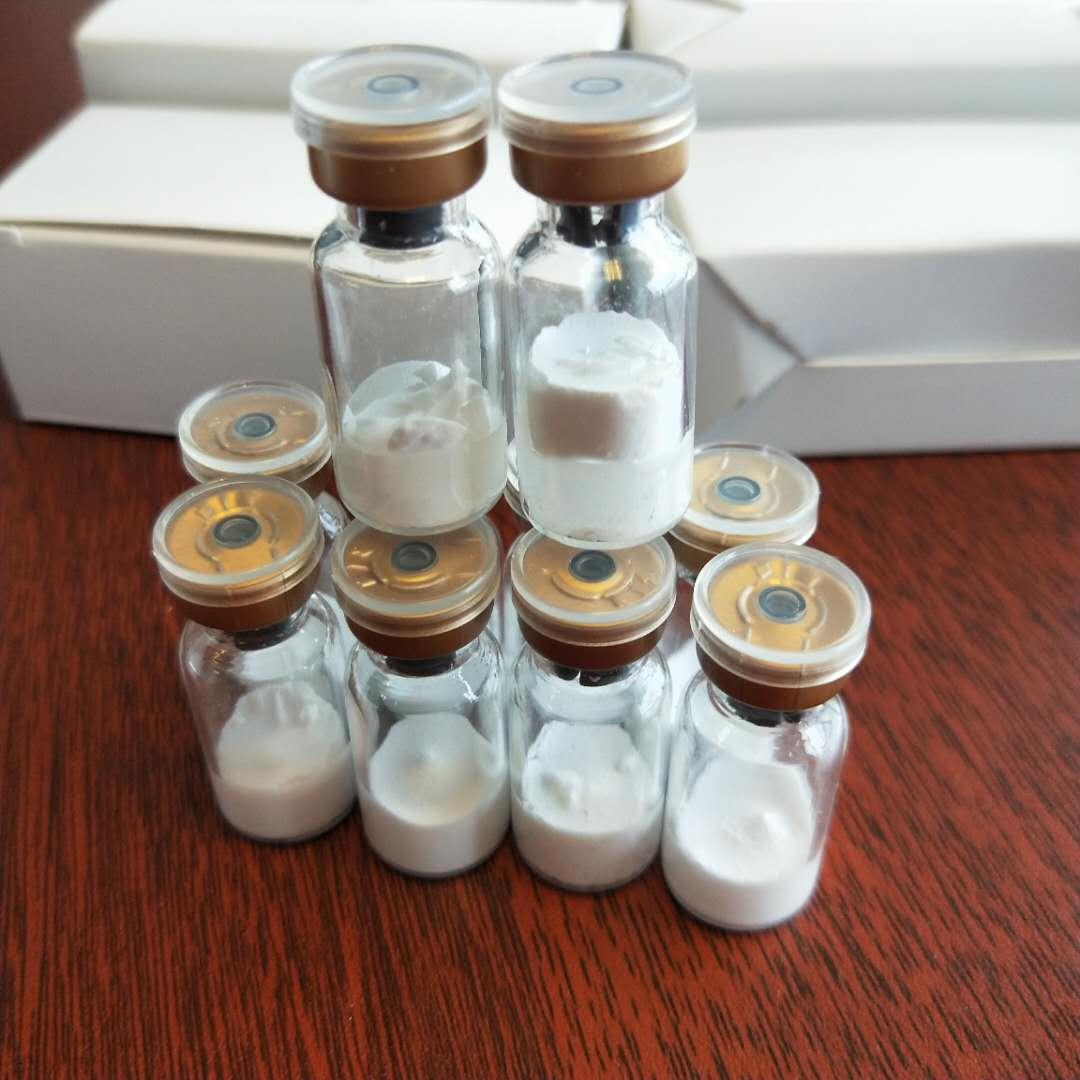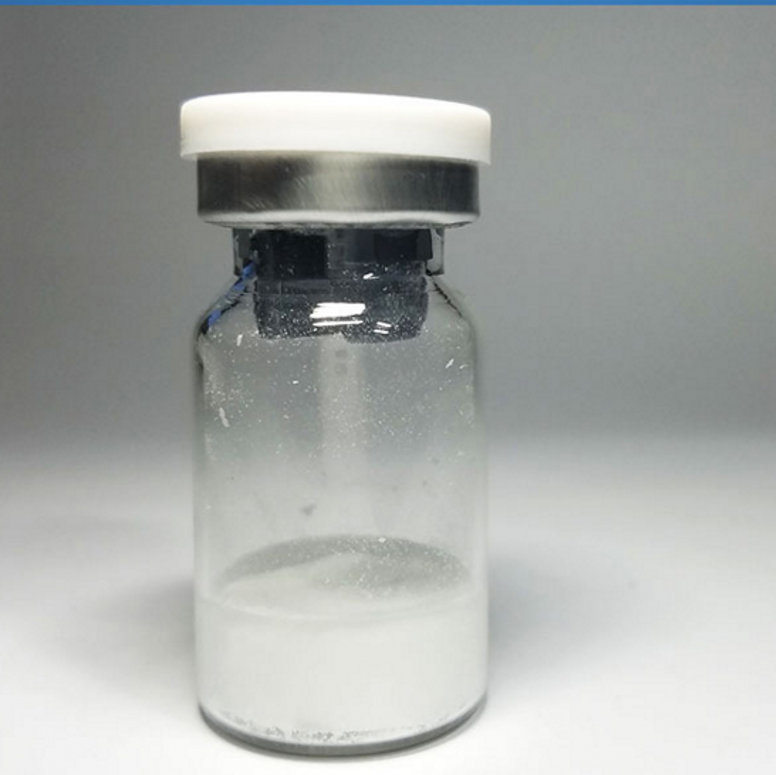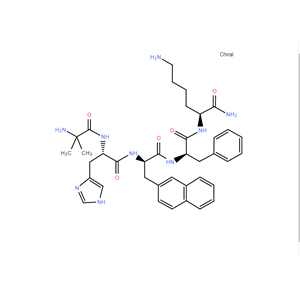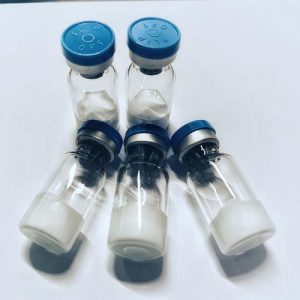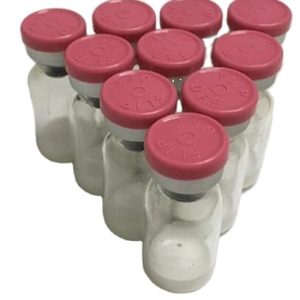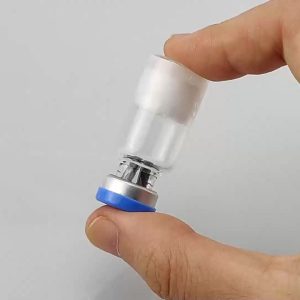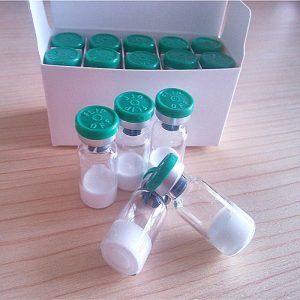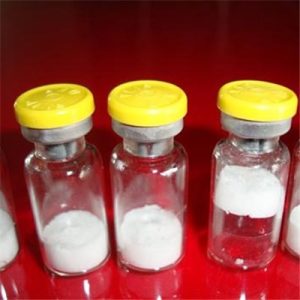Mechano Growth Factor, commonly referred to as MGF, is a splice variant of Insulin-like Growth Factor-1 (IGF-1), which is a growth/repair factor that is derived from exercising or damaged muscle tissue, as the use of the name IGF-IEa is a bit of a mouthful and makes it more difficult to recognize other IGF variants.
What makes MGF special is its unique role in muscle growth; MGF has the ability to cause wasted tissue growth and improvement through activation of muscle stem cells and increased up-regulation of protein synthesis, a unique ability to rapidly improve recovery and accelerate muscle growth. In addition to the IGF-1 receptor structural domain, MGF also initiates muscle satellite (stem) cell activation, which increases protein synthesis turnover; therefore, if used properly, it can be very effective in improving muscle mass.
PEG-MGF peptide Dosage
The biggest drawback of MGF is its short duration of activity, which has led to the development of a longer-acting version of MGF: PEG MGF, which increases the half-life of MGF from a few minutes to a few hours by adding PEG (polyethylene glycol – a non-toxic additive) to MGF. This increase in active time means that its use and versatility is greatly increased, and PEG MGF has systemic effects wherever muscle is damaged or diseased.
Using PEG MGF on non-workout days is actually the best way to use it. Because of muscle damage, MGF has many receptors and its effects are systemic. By increasing nitrogen retention, protein turnover and satellite cell activation, it will help restore all muscles. Doing so means you increase the length of time the body’s own muscle repair and growth mechanisms are in place. The use of It in conjunction with IGF is perfect, but due to the strong receptor affinity of IGF, the effectiveness of MGF will be reduced if you use both IGF-1 and PEG MGF. Dosage recommendation: 200-400mcg of MGF in one muscle.
PEG-MGF peptide Benefits:
Strong anabolic effect and ability to repair and rebuild muscles.
Ability to induce muscle hyperplasia (growth of new muscle cells).
Neuroprotective effect (protects the nervous system and brain functions).
Mediates myocardial cell survival and myocardium repairs.
Important roles in tissue growth and wound healing.
Positive role on bone injury healing.
More Introduction:https://necfunctionalmedicine.com/wp-content/uploads/2022/03/PEG-MGF-Fact-Sheet.pdf
